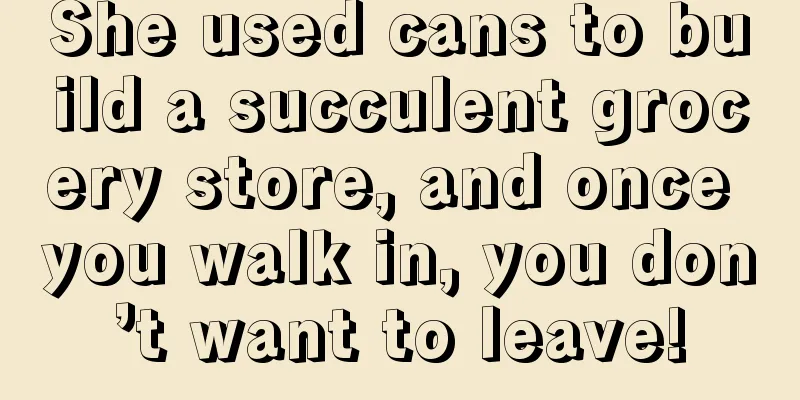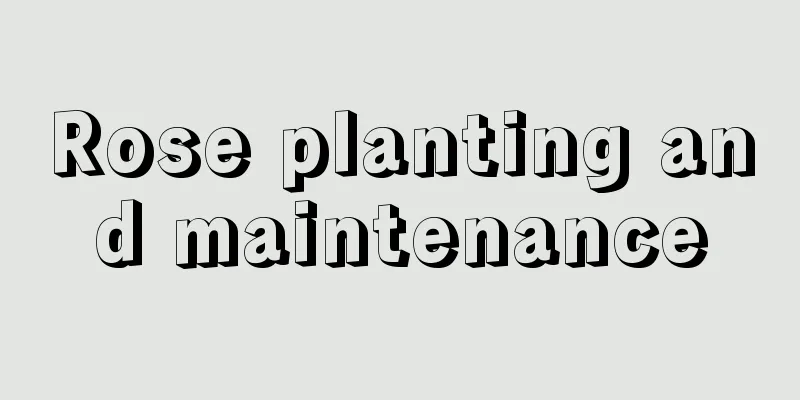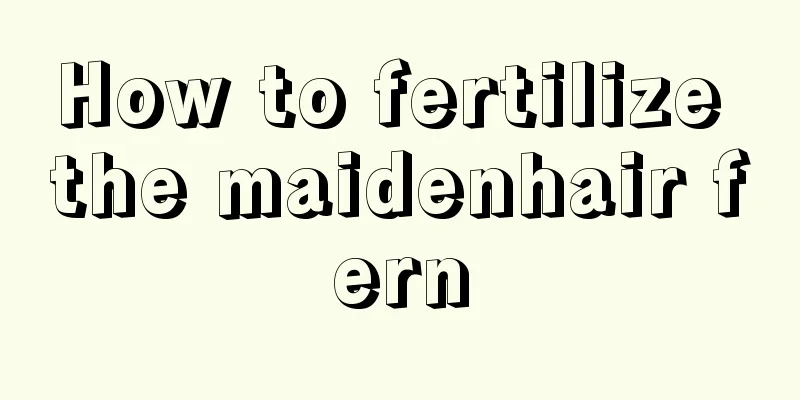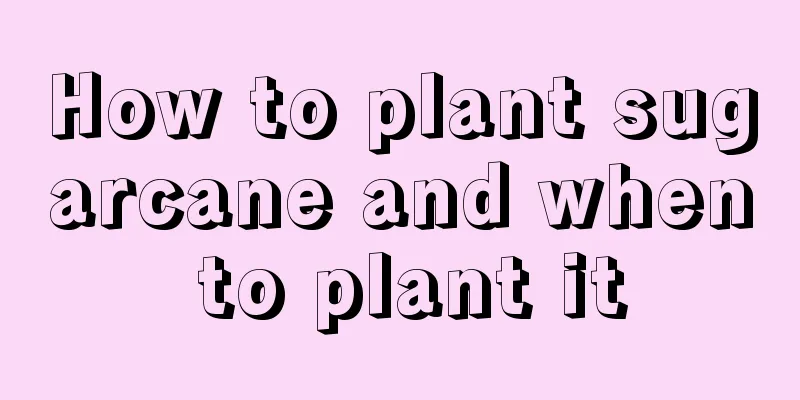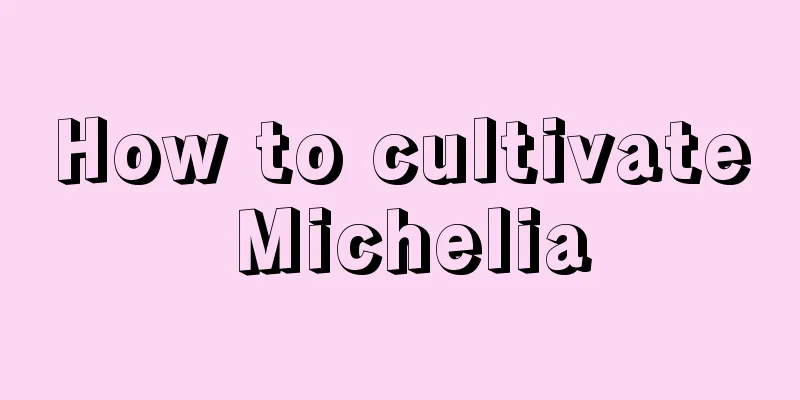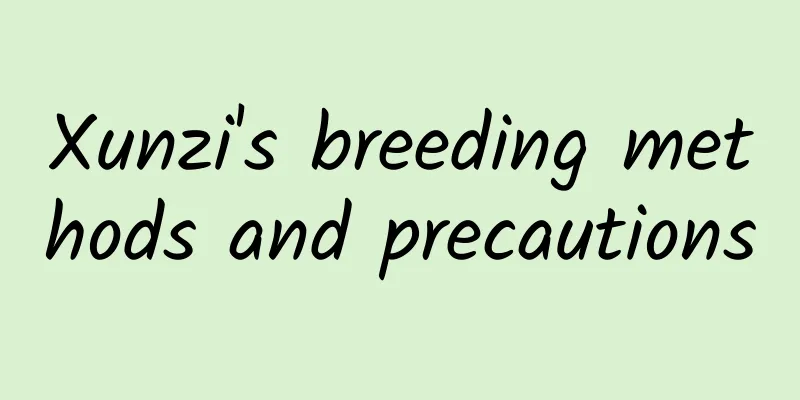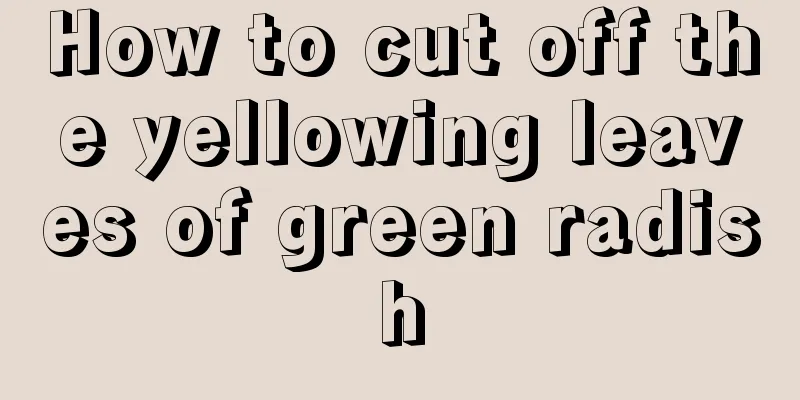Is the dwarf ... tree poisonous? Can it be kept at home?

Is the dwarf dwarf tree poisonous?According to ingredient extraction tests, the roots, stems and leaves of the oleander contain toxins. The leaves contain quercetin, the stems contain quercetin, the roots contain quercetin, and the whole plant can also be used to extract elements such as taraxacin. It has been verified in practice that the whole plant of the Pieris japonica is poisonous. Animals that accidentally eat the leaves will experience symptoms such as vomiting and abdominal pain. In severe cases, it can lead to coma, difficulty breathing, motor nerve disorders, etc.! Can the dwarf dwarf tree be kept at home?Horses and sheep love to eat green leaves in the wild. They cannot tell which are poisonous and which are not. Therefore, it is common for livestock to be poisoned by accidentally eating the leaves of poisonous plants such as the hollyhock tree. Grazing in the wild is free-range, and it is impossible to always pay attention to what the ponies and lambs eat, or which plants are poisonous and which are non-toxic. Family farming is different. Flower lovers who grow flowers at home usually ask about precautions before buying them, such as whether they are toxic, whether they can be placed in the bedroom or living room, etc. Although the whole plant of the juniper tree is poisonous, it can be cultivated at home. And because of its beautiful plant shape, varied leaf colors, and lovely and colorful flowers, it is loved by flower lovers, just like a thorny rose that makes people deeply intoxicated. No wonder this plant is called "Drunkard"! How to grow the poisonous dwarf dwarf dwarf dwarfFlower lovers who like flowers and plants know that many flowers and plants actually contain trace or large amounts of toxins, it’s just a matter of degree of harm or indirect or direct relationship. When it comes to poisonous plants, you need to be careful when caring for them, but you can't be too anxious. Flower lovers who have children and pets at home should place the plants in a high place to prevent the children from touching and accidentally eating them. Also, avoid cats and dogs licking the leaves out of curiosity and eating them greedily, which may cause poisoning. As a pet owner, flower lovers should have a sense of responsibility, hmm! |
<<: The Flower Language of Star Flower
>>: The role of Chlorophytum comosum
Recommend
What flowers can be watered with waste oil?
Waste oil watering effect Waste oil can be used t...
What fertilizer is good for cowpea topdressing?
What fertilizer to use for cowpea topdressing Cow...
Tuberose Pests and Control Methods
Pests of tuberose: root-knot nematodes symptom Th...
This nutritious "vegetable" is grown in many people's homes and is very popular!
Planting chicory requires a relatively deep bucke...
Planting technology and cultivation management of golden thread vine
As a precious medicinal material, the wild resour...
How to grow Jade Dew in winter
1. Stay warm Jade plant is not a very cold-resist...
The Flower Language of Chrysanthemum
Aster Dreaming of reliable love, please believe m...
Disease prevention and control methods of kumquat
Prevention and treatment of kumquat canker harm I...
When is the best time to plant chives?
As a vegetable that is suitable for all seasons, ...
Can succulents be grown with nutrient soil and river sand?
Can succulents be grown with nutrient soil and ri...
Disease and insect pest control of purse flower
Diseases The first is damping-off disease, which ...
How to grow Begonia
1. Soil When caring for Begonia, you first need t...
The leaves of the green radish turn black and droop, how to remedy it
1. Adjust the room temperature Reason: The indoor...
What trees are easy to grow and look good? What trees are best to grow indoors?
Money Tree Some people may think that the name of...
A 60-year-old flower farmer grows asparagus fern in this way. Not only does it bloom every year, but it also produces a lot of seeds!
There are some tips for watering asparagus fern 1...
